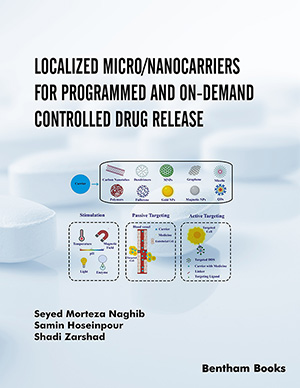Abstract
Background: Retrorsine is one of the hepatotoxic pyrrolizidine alkaloids, which could be converted into a highly reactive metabolite, dehydroretrorsine, by CYP3A, and to a lesser extent by CYP2C and CYP2B.
Objective: We employed Cyp3a knockout (3AKO) mice to investigate whether the absence of CYP3A could attenuate dehydroretrorsine formation and the role of CYP2C and CYP2B in the formation. Methods: Blood and liver samples were collected after intragastrical administration of 35 mg/kg retrorsine or saline for seven days in wild-type (WT) and 3AKO mice. Blood pyrrole-protein adducts were semi quantified by high-performance liquid chromatography/quadrupole time-of-flight mass spectrometry. The formations of glutathionyl-6,7-dihydro-1-hydroxymethyl-5H-pyrrolizine (GSH-DHP) and the activities of CYP3A, CYP2B and CYP2C were evaluated in the liver microsomes of WT and 3AKO mice before and after treatment. The metabolic phenotype of retrorsine was determined in human liver microsomes. The gene and protein expression of retrorsine metabolism-related CYP450s in the liver was measured by quantitative real-time PCR method and western blotting method. The serum cytokine level was detected by the ELISA method to reveal the potential mechanism of Cyp3a, Cyp2b and Cyp2c downregulation. Results: After an oral administration of 35 mg/kg retrorsine for seven days, the blood exposures of DHP adducts between WT and 3AKO mice were similar, consistent with the comparable formation of GSH-DHP in their liver microsomes. The chemical inhibitor experiment in liver microsomes indicated the predominant role of CYP3A and CYP2C in GSH-DHP formation in WT and 3AKO mice, respectively. Real-time qPCR analysis showed that the expressions of Cyp2b10 and Cyp2cs increased 2.3-161-fold in 3AKO mice, which was consistent with protein changes. The increased CYP2B activity in 3AKO mice supported the potential role of CYP2B in GSH-DHP formation. After a seven-day treatment of retrorsine, the yields of GSH-DHP were lower than the untreated ones in both alleles, accompanied by the decreased mRNA of Cyp3a, Cyp2b and Cyp2c. The increased serum IL6 might mediate the retrorsine-induced downregulation of Cyp450s. Conclusion: These data demonstrated the increased transcription of Cyp2c and Cyp2b caused by Cyp3a ablation, which played a vital role in the metabolic activation of retrorsine, and long-term exposure of retrorsine can reduce the CYP450 activities.Keywords: Retrorsine, metabolic activation, CYP3A, CYP2B, CYP2C, regulation.






















